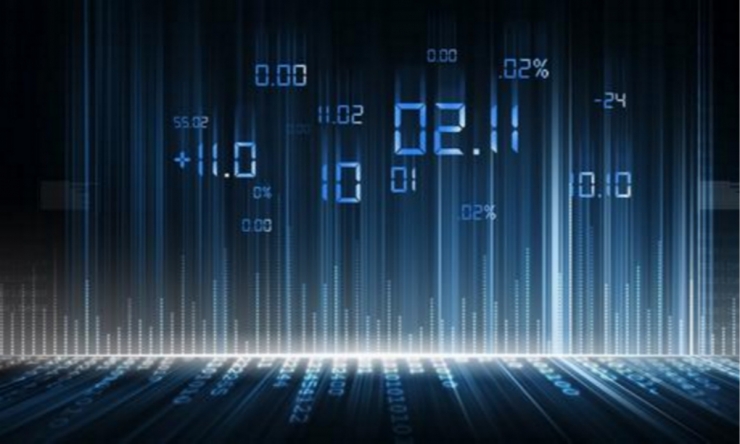
Electricity will soon be made available to the people and enjoyed by the people. Blockchain technology will be the key to success.
Maybe in the coming days, the layout of electricity will be completely different from today. Humans may no longer need large power plants to deliver electricity to each household over long distances. Instead, they can use solar panels to produce electricity for local residents themselves. By then, human beings will simultaneously act as producers, sellers and consumers of electricity.
According to future energyists, people can use blockchain technology to record the power flow in the corresponding system. They believe that, just as books can enable people to track and verify currency transactions, the blockchain, as a concept of Bitcoin, can also help mediate energy unit transactions through a decentralized network.
What is a blockchain?

In a nutshell, a blockchain is like a transparently shared ledger. This ledger is published on the entire network. You get its public key and you know how much money it has in your account. In addition to this, anyone who is interested in the world will be able to look at you when making any value conversion. So it is an Internet consensus mechanism. There is no way to tamper with this book, because your actions are not recorded by you.
The use of blockchains for energy trading was proposed by Mike Mihaylov, a researcher from the EU-funded organization scanergy-project. Using a decentralized approach to facilitate peer-to-peer transactions, residents can sell excess electricity generated by their own solar panels to households across the street. The transactions are linked by a blockchain network, and log transactions can be managed with little human involvement. Mihaylov hopes that in the near future, the power industry can see the emergence of "production-oriented consumers." That is, people use a currency called NRGcoin to trade electricity. Also, Mihaylov has built a prototype based on this idea.

If a resident has some unnecessary, excess energy, he can store it on the local smart grid. And every kWh will get a NRGcoin currency. Similarly, if someone needs more energy for a number of reasons, and his solar panels cannot meet their needs - perhaps on a cloudy day. Then he can buy the energy he needs in the smart grid at the same price. In addition, residents can also obtain more traditional power by selling their own NRGcoin currency.
How to break?
"There are three main benefits of using NRGcoin currency," Mihaylov said.
“First, this will be a good way to motivate consumers to enter the market because they are also producers of electricity, which will bring new vitality to the electricity market. Moreover, the price of electricity has been controlled by the system in a Within a reasonable range, even if the government redevelops new energy sources, it will not make the transaction prices in the market too confusing. Moreover, the electricity retailers do not need to conduct actual money transactions, but can use a specific It is very convenient to have currency for trading."
As the underlying technology, blockchain has been widely used in finance, energy and other fields. With the gradual maturity of UHV and smart grid technologies and the rapid development of clean energy, the global energy internet, consisting of hundreds of millions of terminals, will be accelerated. The blockchain technology has the advantages of decentralized storage, high transparency of information, and not easy to tamper with, enabling digitalized and accurate energy management. The potential for the reconstruction of power trading is extremely huge.
Mihaylov said, " I'm ready for the theory and the test is done. Now it's time to turn it into reality. "
However, although the industry is very interested in using blockchain for energy trading (such as a famous experiment in Brooklyn), the energy market is still highly regulated and changes are relatively slow. Mihaylov may need to face many difficulties and obstacles to fulfill this wish.
Fortunately, in the energy industry, it seems that all changes are possible. Maybe in the future, we will really share and trade electricity with our neighbors.